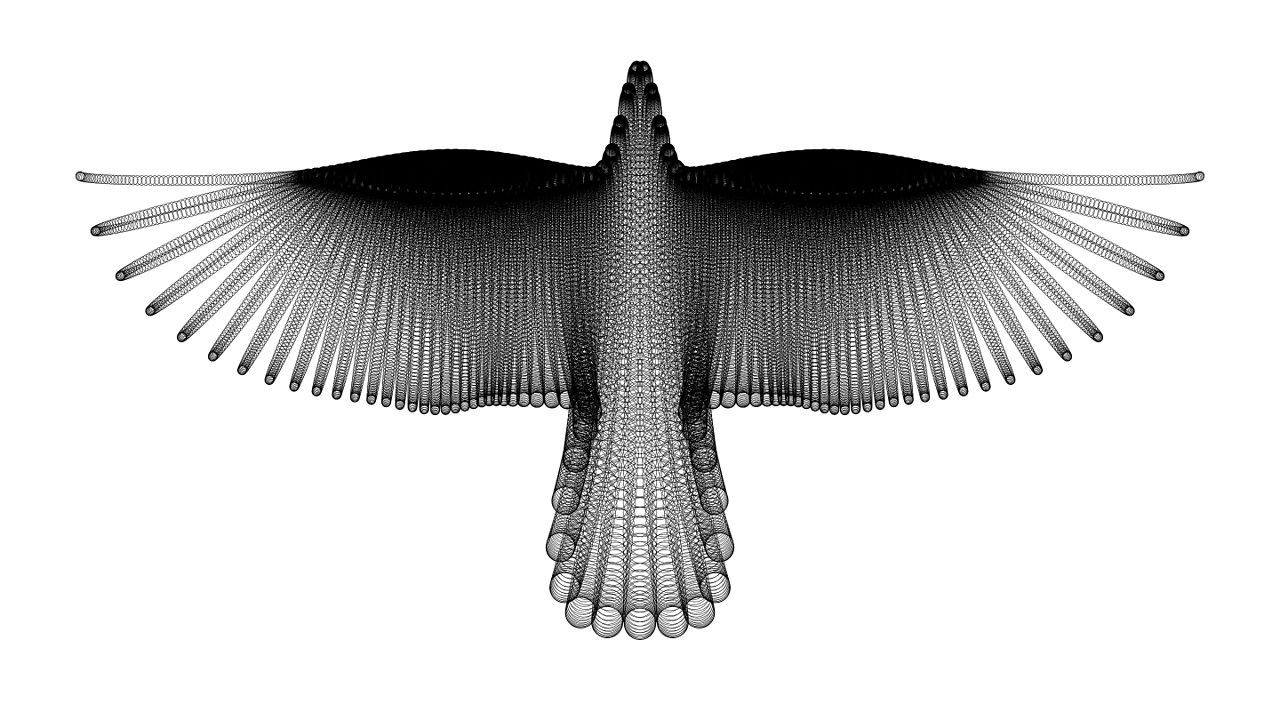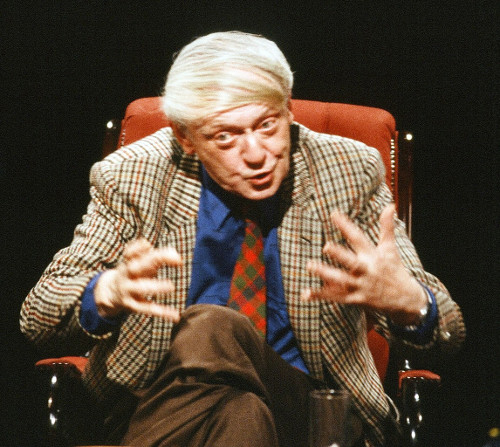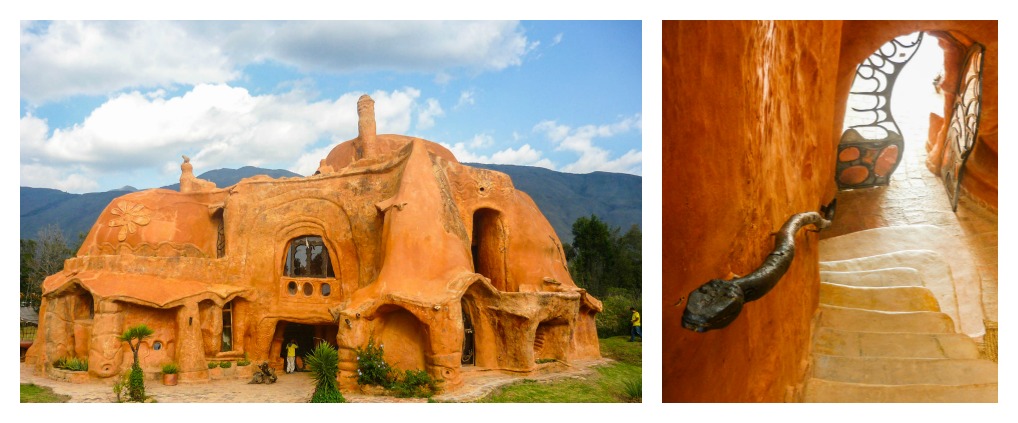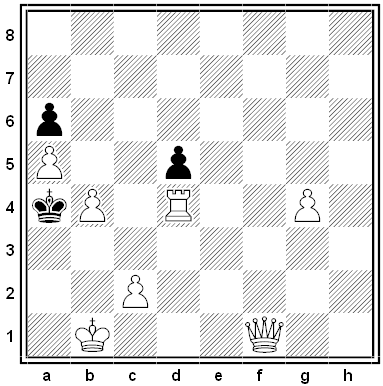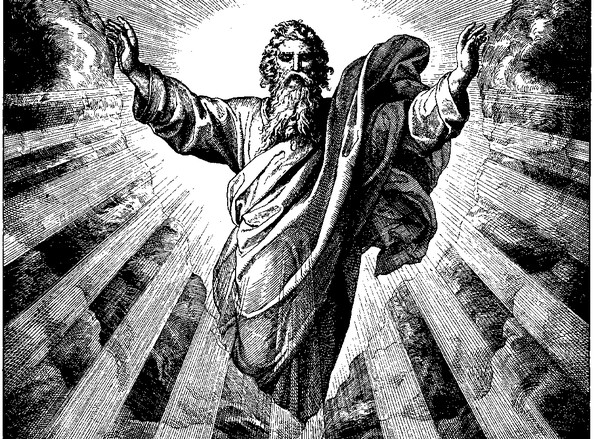
Because of its importance to the region’s Māori people, New Zealand’s Whanganui River is legally a person, with rights, duties, and liabilities, including the right to be represented in court proceedings.
Treaty Negotiations Minister Chris Finlayson said the river will be recognized as a person “in the same way a company is, which will give it rights and interests.”
Gerrard Albert, lead negotiator for the Whanganui iwi (tribe), said, “We have fought to find an approximation in law so that all others can understand that from our perspective treating the river as a living entity is the correct way to approach it, as an indivisible whole, instead of the traditional model for the last 100 years of treating it from a perspective of ownership and management.”
In 2011, residents of Ecuador sued the provincial government of Loja on behalf of the Vilcabama River to stop a road-widening project that was forcing rocks and debris into the watershed. A “rights of nature” provision in Ecuador’s constitution permits people to sue on behalf of an ecosystem. A judge decided in favor of the river, and the municipality had to cancel the project and rehabilitate the area.


